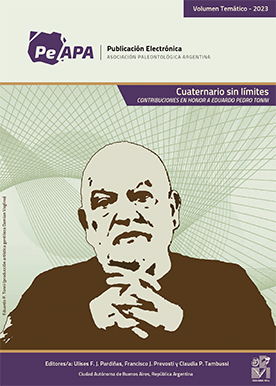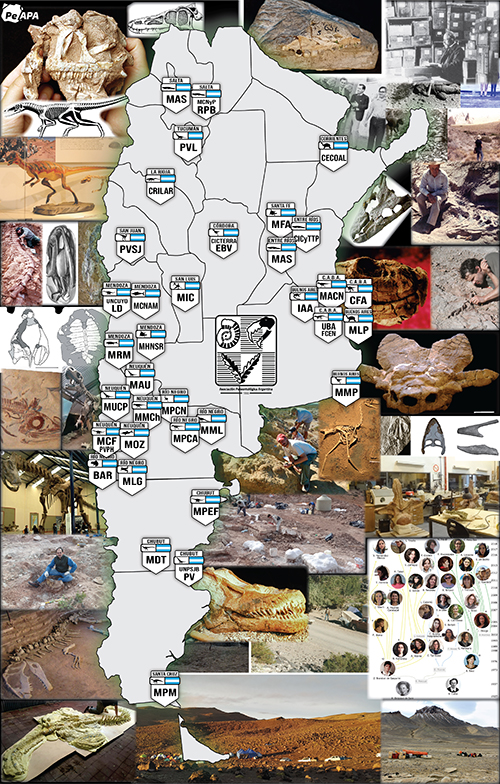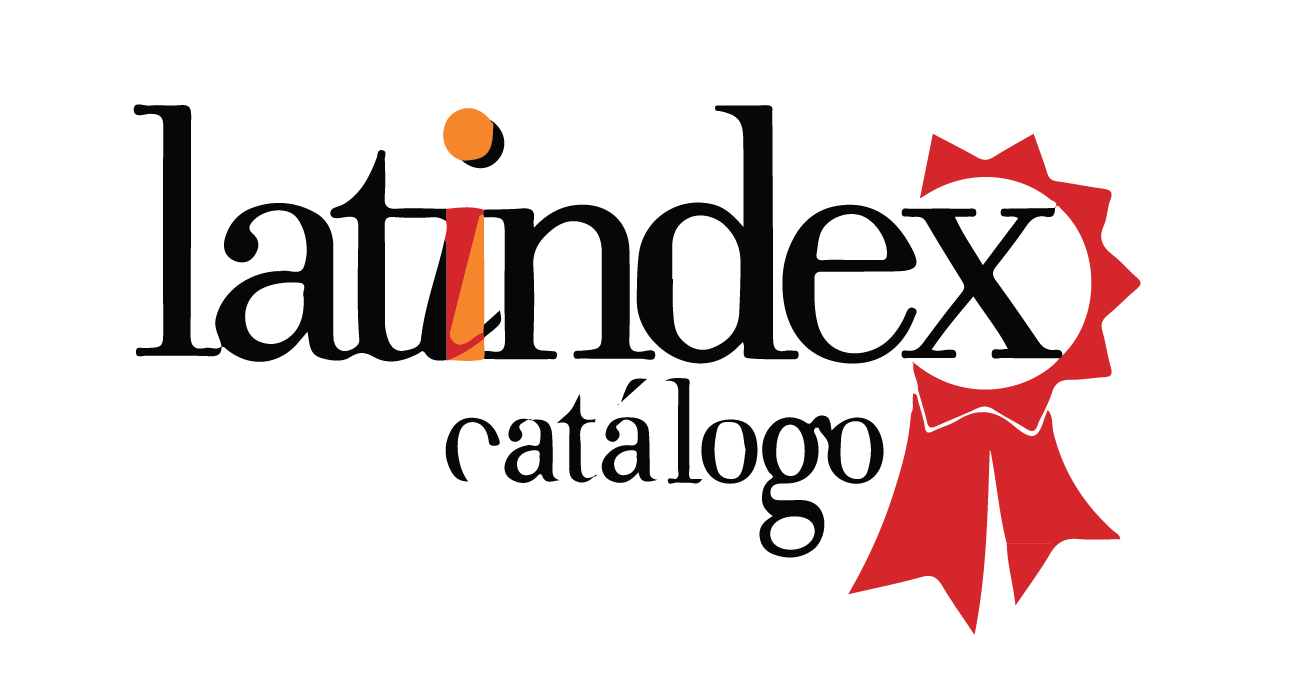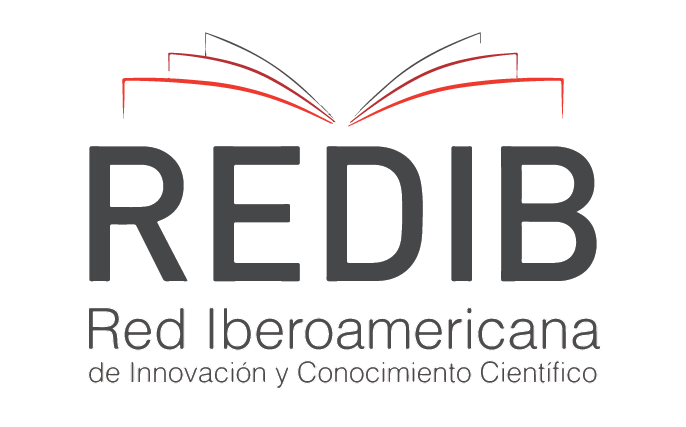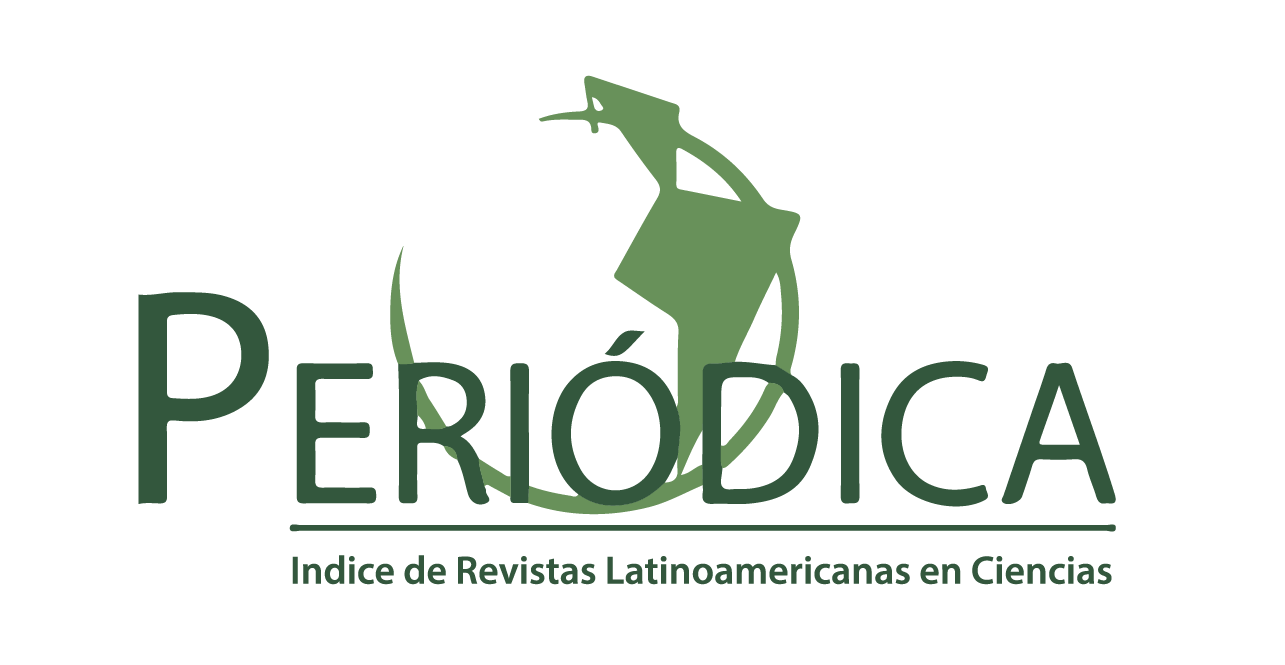LOS RESTOS TEGUMENTARIOS DE PEREZOSOS TERRESTRES (XENARTHRA, FOLIVORA) DE ÚLTIMA ESPERANZA (CHILE). CRONOLOGÍA DE LOS REPORTES, ORIGEN Y UBICACIÓN ACTUAL
DOI:
https://doi.org/10.5710/PEAPA.02.11.2017.246Abstract
Resumen. En 1895, H. Eberhard descubrió un fragmento de cuero de mamífero, con pelos y osteodermos, en una caverna cercana a Puerto Consuelo (Seno de Última Esperanza, Chile). Los restos fueron asignados a un perezoso milodóntido, nominado en 1899 Neomylodon listai por F. Ameghino. El hallazgo suscitaría numerosas publicaciones y una fuerte competencia, especialmente entre F.P. Moreno y F. Ameghino. Posteriormente al hallazgo de Eberhard, nuevos restos de tegumento fueron colectados por otros exploradores (entre ellos O. Nordenskjöld y R. Hauthal). En esta contribución presentamos una cronología pormenorizada de los hallazgos y el derrotero de los restos de cuero desde 1895 hasta 1910 e indicamos su ubicación actual. Se realizó una exhaustiva búsqueda y revisión bibliográfica en publicaciones y correspondencia de la época. El cuero encontrado por Eberhard fue llevado por Moreno a La Plata en 1898 y de allí a Londres a comienzos de 1899 y actualmente está depositado en la colección del Natural History Museum de Londres. Los restos hallados por la expedición de R. Hauthal en 1899 están en el Museo de La Plata, incluyendo el trozo de cuero que se encuentra en exhibición (MLP 94-VIII-10-28). La evidencia recopilada no permite despejar dudas sobre la procedencia del material originalmente descripto por F. Ameghino, que desencadenó numerosas expediciones nacionales y extranjeras. En la actualidad existen al menos 40 restos de tegumento asignables a milodóntidos provenientes de la Cueva de Última Esperanza distribuidas en once instituciones del mundo (Argentina, Chile, EEUU y Europa).
PALABRAS CLAVE. Neomylodon listai. Grypotherium. Cueva del Milodón. Ameghino. Moreno. Osteodermos. Cuero.
Abstract. HIDE REMAINS OF GROUND SLOTHS (XENARTHRA, FOLIVORA) FROM ÚLTIMA ESPERANZA (CHILE). CHRONOLOGY OF THE REPORTS, ORIGIN AND CURRENT LOCATION. In 1895, H. Eberhard discovered a piece of mammal hide, with hair and osteoderms, in a cavern near Puerto Consuelo (Seno de Última Esperanza, Chile). The remains were assigned to a mylodontid ground sloth, named in 1899 as Neomylodon listai by F. Ameghino. The finding promoted several publications and a strong competition, especially between F.P. Moreno and F. Ameghino. After Eberhard’s finding, new hide remains were collected by other explorers (among them O. Nordenskjöld and R. Hauthal). In this contribution, we present a detailed chronology of the findings and the track of the hide remains, from 1895 to 1910, and their current location. In doing so, an exhaustive search and bibliographic revision of publications and letters from that epoch was performed. The hide found by Eberhard was taken to the Museo de La Plata in 1898, and then, to London in the beginning of 1899. The hide is housed at the Natural History Museum of London. The remains found by Hauthal’s expedition in 1899 are deposited in the Museo de La Plata, including the exhibited fragment of hide (MLP 94-VIII-10-28). The evidence provided here does not allow clearing up doubts on the provenance of the material originally described by F. Ameghino, which triggered numerous national and foreign expeditions. At present there are at least 40 remains of hide assignable to mylodontids, recovered from the Cave of Última Esperanza spread in eleven institutions world wide (Argentina, Chile, USA and Europe).
KEY WORDS. Neomylodon listai. Grypotherium. Cueva del Milodón. Ameghino. Moreno. Osteoderms. Hide.
References
Ameghino, F. 1898a. Prémière Notice sur le Neomylodon listai, un Représentant vivant des anciens Édentés Gravigrades fossiles de
l´Argentine. Imprenta La Libertad, La Plata, p. 8.
Ameghino, F. 1898b. An Existing Ground-Sloth in Patagonia. Natural Science. A Monthly Review of Scientific Progress 81: 324–326.
Ameghino, F. 1899. El mamífero misterioso de la Patagonia (Neomylodon listai). Un sobreviviente actual de los megaterios de la antigua Pampa. La Pirámide, La Plata, p. 15.
Ameghino, F. 1900a. Das Neomylodon Listai. Ein unlängst aufgefundenes Megatherium. Mutter Erde 27: 2–5.
Ameghino, F. 1900b. Grypotherium, nom de genre à effacer. Comunicaciones del Museo Nacional de Buenos Aires 1: 257–260.
Basaldúa, F., de. 1899. Monstruos argentinos. Caras y Caretas 32: 18–19.
Borrero, L.A. 1997. La extinción de la megafauna en la Patagonia. Anales del Instituto de la Patagonia 25: 89–102.
Borrero, L.A., Lanata, J.L. y Cárdenas, P. 1991. Reestudiando cuevas: Nuevas excavaciones en Última Esperanza, Magallanes. Anales del Instituto de la Patagonia 20: 101–110.
Borrero, L.A. y Martin, F.M. 2012. Taphonomic observations on ground sloth bone and dung from Cueva del Milodón, Última Esperanza, Chile: 100 years of research history. Quaternary International 278: 3–11.
Cordovez, M. 1902. Los restos del Mylodon. Actas de la Sociedad Científica de Chile 12: 285–301.
Emperaire, J. y Laming, A. 1954. La grotte du Mylodon (Patagonie occidentale). Journal de la Société des Américanistes 43: 173–206.
Farro, M.E. 2008. [Historia de las colecciones en el Museo de la Plata, 1884–1906: naturalistas viajeros, coleccionistas y comerciantes de objetos de historia natural a fines del Siglo XIX. Tesis Doctoral, Facultad de Ciencias Naturales y Museo, Universidad Nacional de La Plata, 629 p. Inédita.].
Fernicola, J.C. 2011. Implicancias del conflicto Ameghino-Moreno sobre la colección de mamíferos fósiles realizada por Carlos Ameghino en su primera exploración al río Santa Cruz, Argentina. Revista del Museo Argentino de Ciencias Naturales, Nueva Serie, 13: 41–57.
Figini, A.J., Carbonari, J.E., Gómez, G.J., Huarte, R.A. y Zubiaga, A.C. 1982. Dataciones radiocarbónicas de restos de la Cueva del Mylodon, Seno de Última esperanza, Chile. 7º Congreso Nacional de Arqueología Argentina (San Luis), Actas: 1–9.
Gallardo, A. 1898. Reseña bibliográfica: Ameghino, F. Premiere notice sur le Neomylodon listai, un representant vivant des anciens edentés gravigrades fossiles de l´Argentine. Anales de la Sociedad Científica Argentina 46: 294–295.
Gaudry, M.A. 1899. Informe de Gaudry detallando el reporte de Neomylodon. Bulletin de la Société Géologique de France, Serie 3, 27: 496.
Gusinde, M. 1921. Estado actual de la Cueva del Mylodon (Última Esperanza - Patagonia Austral). Revista Chilena de Historia Natural 25: 406–419.
Hauthal, R. 1899a. I: Reseña de los hallazgos en las cavernas de Última Esperanza. En: R. Hauthal, S. Roth y R. Lehmann-Nitsche (Eds.) El mamífero misterioso de la Patagonia “Grypotherium domesticum”. Revista del Museo de La Plata 9: 411–420.
Hauthal, R. 1899b. Erforschung der Grypotherium-Höhle bei Ultima Esperanza. Ein Blick in die prähistorischen Zeiten Süd-Patagoniens. Globus 76: 297–303.
Hauthal, R. 1901. Die Höhlenfunde von Ultima Esperanza im südwestlichen Patagonien. Zeitschrift der Deutschen geologischen Gesellschaft 53: 570–581.
Hauthal, R. 1904. Die Bedeutung der Funde in der Grypotherium höhle dei ultima Esperanza (Südwestpatagonien) in antropologischer Beziehung. Zeitschrift f. Ethnologie 36: 119–134.
Hauthal, R., Roth, S. y Lehmann-Nitshe, R. 1899. El mamífero misterioso de la Patagonia “Grypotherium domesticum”. Revista del Museo de La Plata 9: 409–473.
Holland, W.J. 1913. The narrative of a scientific mission to South America, with observations upon things seen and suggested. The Knickerbocker Press, New York, 387 p.
Jacob, C. 1902. Examen microscópico de la pieza cutánea del mamífero misterioso de la Patagonia, Grypotherium domesticum. Revista del Museo de La Plata 10: 61–62.
Lehmann-Nitsche, R. 1899. III: Coexistencia del hombre con un gran desdentado y un equino. En: R. Hauthal, S. Roth y R. Lehmann-Nitsche (Eds.) El mamífero misterioso de la Patagonia “Grypotherium domesticum”. Revista del Museo de La Plata 9: 455–472.
Long, A. y Martin, P.S. 1974. Death of American Ground Sloth. Science 186: 638–640.
Lönnberg, E. 1899. On some remains of “Neomylodon listai” Ameghino, brought home by the Swedish Expedition to Tierra del Fuego 1896. En: Wissenschafliche Ergebnisse der Schwedischen Expedition Magellansländern 1895-1897. Unter leitung von Dr. Otto Nordenskjöld. Band II: Zoologie7 Lithographisches Institut des Generalstabs, Estocolmo, p. 149–170.
Matthew, W.D. 1915. Ground-sloth from a cave in Patagonia. Natural History 15: 256.
Martinic, M. 1996. La Cueva del Milodón: Historia de los hallazgos y otros sucesos. Relación de los estudios realizados a lo largo de un siglo (1895-1995). Anales del Instituto de la Patagonia 24: 43–80.
Mercerat, A. 1899. Sur le Neomylodon Listai Amegh. Comunicaciones del Museo Nacional de Buenos Aires 1: 155–157.
Moreno, F.P. 1899. Note on the discovery of Miolania and of Glossotherium (Neomylodon) in Patagonia. The Geological Magazine 6: 385–388.
Moreno, F.P. y Smith-Woodward, A. 1899. On a Portion of Mammalian Skin, named Neomylodon listai, from a Cavern near Consuelo Cove, Last Hope Inlet, Patagonia. Proceedings of the Zoological Society of London 67: 144–156.
Nehring, A. von 1900. Einige Bemerkungen über die Haustierqualität des Grypotherium domesticum aus Süd-Patagonien. Globus 77: 61–62.
Nordenskjöld, O. 1898. Über die Posttertiären, Ablagerungen der Magellansländer nebst einer Kurzen Übersicht ihrer tertiären Gebilde. Svenska Expeditionen till Magellansländerna. Bd. I. Nº 2 13–76.
Nordenskjöld, E. 1900. La grotte du Glossotherium (Neomylodon) en Patagonie. Bulletin de la Société Géologique de France, Ser. 3, 29: 29–32.
Owen, R. 1839. Zoology of the Voyage of the Beagle. Part 1, Fossil Mammalia. Smith Elder and Co., Londres, p. 63—73.
Onelli, C. 1910. La existencia del Neo-Mylodon. Revista del Jardín Zoológico de Buenos Aires 24: 285–289.
Philippi, R.A. 1900. Contribución a la osteolojia del Grypotherium domesticum Roth I un nuevo delfin. Anales de la Universidad de Chile 107: 105–114.
Podgorny, I. 2011. Neomylodon. En: Eine Naturgeschichte für das 21. Jahrhundert: hommage à, zu Ehren von, in honor of Hans-Jörg Rheinberger. Max Planck Institut für Wissenschaftsgeschichte, Berlín, p. 94–96.
Podgorny, I. 2015. Human Origins in the New World? Florentino Ameghino and the Emergence of Prehistoric Archaeology in the Americas (1875–1912). PaleoAmerica 1: 68–80.
Podgorny, I. 2016. The daily press fashions a heroic intellectual: the making of Florentino Ameghino in late nineteenth-century Argentina. Centaurus 58: 166–184.
Prichard, H. 1902. Through the heart of Patagonia. Appleton and Co., Nueva York, 346 p.
Ridewood, W.G. 1901. On the Structure of the Hairs of Mylodon Listai and other South American Edentata. Journal of Cell Science Serie 2, 44: 393–411.
Riccardi, A.C. 1989. Las ideas y la obra de Francisco Pascasio Moreno. Fundación Museo de La Plata “Francisco Pascasio Moreno”, La Plata, 32 p.
Roth, S. 1899. II: Descripción de los restos encontrados en la caverna de Última Esperanza. En: R. Hauthal, S. Roth y R. Lehmann-Nitsche (Eds.) El mamífero misterioso de la Patagonia “Grypotherium domesticum”. Revista del Museo de La Plata 9: 421–453.
Roth, S. 1902. Nuevos restos de mamíferos de la Caverna Eberhardt en última Esperanza. Revista del Museo de La Plata 11: 39–54.
Saxon, E.C. 1976. La prehistoria de Fuego-Patagonia: colonización de un hábitat marginal. Anales del Instituto de la Patagonia 7: 63–73.
Smith-Woodward, A. 1899. Exhibited – the skull and other specimens of Neomylodon listai (Grypotherium). Proceedings of the Zoological Society of London, p. 830.
Smith-Woodward, A. 1900. On some remains of Grypotherium (Neomylodon) listai, and associated Mammals from a cavern near Consuelo Cove, Last Hope Inlet, Patagonia. Proceedings of the Zoological Society of London 5: 64–79.
Stunder, T. von. 1905. Über neue Funde von Grypotherium Listaei Amegh. in der Eberhardtshöle von Ultima Esperanza. Nouveaux Mémoires de la Société Helvétique des Sciences Naturelles 10: 1–17.
Tonni, E.P., Carlini, A.A., Scillato-Yané, G.J. y Figini, A.J. 2003. Cronología radiocarbónica y condiciones climáticas en la “Cueva del Milodón” (sur de Chile) durante el Pleistoceno Tardío. Ameghiniana 40: 609–615.
Torcelli, A.J. 1935a. Correspondencia científica. En: A.J. Torcelli (Ed.), Obras completas y correspondencia científica de Florentino Ameghino. Taller de Impresiones Oficiales del Gobierno de la Provincia de Buenos Aires, La Plata, 20: 621 p.
Torcelli, A.J. 1935b. Correspondencia científica. En: A.J. Torcelli (Ed.), Obras completas y correspondencia científica de Florentino Ameghino. Taller de Impresiones Oficiales del Gobierno de la Provincia de Buenos Aires. La Plata, 21: 934 p.
Tournouër, A. 1901. Sur le Neomylodon et l´animal mystérieux de la Patagonie. Comptes Rendus hebdomadaires des séances de l´Académie des Sciences 132: 96–97.
Vizcaíno, S.F. 2011. Cartas para Florentino desde la Patagonia. Crónica de la correspondencia édita entre los hermanos Ameghino (1887-1902). En: J.C Fernicola, A.R. Prieto y D.G Lazo (Eds.), Vida y Obra de Florentino Ameghino, Publicación Especial de la Asociación Paleontológica Argentina 12: 51–67.
Vizcaíno, S.F., De Iuliis, G., Brinkman, P.D., Kay, R.F. y Brinkman, D.L. 2017. On an album of photographs recording fossils in the "old collections" of the Museo de La Plata and Ameghino’s private collection at the beginning of the XXth century. Publicación Electrónica de la Asociación Paleontológica Argentina 17: 14–23.

Downloads
Published
Issue
Section
License
Copyright (c) 2018 Publicación Electrónica de la Asociación Paleontológica Argentina

This work is licensed under a Creative Commons Attribution-NoDerivatives 4.0 International License.

Authors retain copyright and grant the journal right of first publication with the work simultaneously licensed under a CC Attribution-NonCommercial 4.0 that allows others to share the work with an acknowledgement of the work's authorship and initial publication in this journal.







